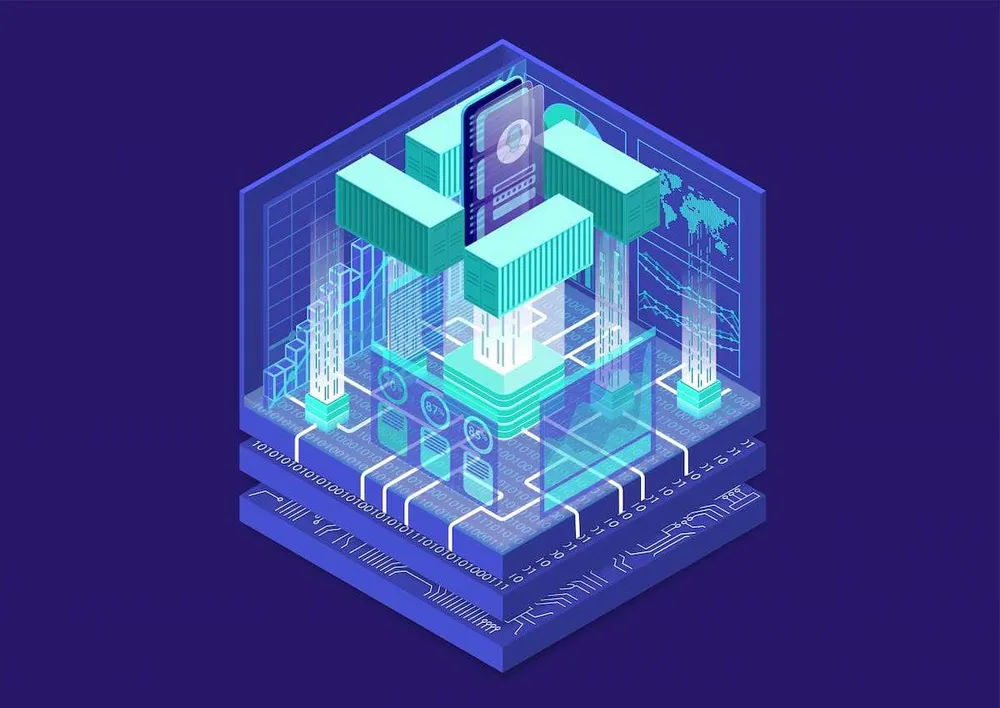Characteristic Branch: A Fast Walk By Way Of Git Workflow
Once the options are fully developed they’re merged into the Develop branch. Until you create or swap to a model new department your commits might be https://www.globalcloudteam.com/ routinely saved in the Master Branch. Incase your client disapproves the function you can merely delete the department as an alternative of deleting the complete code and start engaged on another one with none frustration. The client checked and might be unhappy with the previous improvement and asks you to delete it. If you’re following the linear growth course of you need to delete the complete code and you need to start growing from the scratch again. By switching to the main department you can delete any of the other branches.

How Can I Switch To Engaged On Another Branch?
There are an extensive set of choices out there for the log command to filter or restrict the log to specific commits. But note that the method of branching covered on this article is the same with any sort of code recordsdata. When a new repository is initialized, Git mechanically creates a new major branch. Depending in your Git settings, that major department is created with the name « major », « grasp », or one thing similar. This tutorial is about up so that you simply can attempt the commands as we go. So we’ll start branch definition firstly by creating our native repository.
Possibility 2: Making A Department Utilizing Checkout

The first checkout command tells us we’re already on the main branch. The -b option creates a model new branch with the provided name and checks out that department. Each of these instructions « echoes », or « writes » the textual content on the left into the file on the best.

Native Vs Distant Branches – What Is The Difference?
This web page centered on utilization of the git checkout command when changing branches. In summation, git checkout, when used on branches, alters the goal of the HEAD ref. It can be utilized to create branches, switch branches, and checkout remote branches. The git checkout command is an important tool for traditional Git operation.
What Is A Remote Department In Git? How To Check Out Distant Branches From Github
The default branch can additionally be the preliminary branch that Git checks out regionally when someone clones the repository. Unless you specify a unique department, the default department in a repository is the base department for model new pull requests and code commits. So far these examples have all demonstrated local branch operations.
My Branch Only Exists Domestically How Can I Add My Department To My Remote Git Repository?
- Learn extra about the means to create a department in Git, together with tips on how to use one command to create and checkout your new department simultaneously.
- Furthermore,it directs git pull without arguments to tug from theupstream when the new branch is checked out.
- If the pull request for feature2 is merged now, the feature2 department shall be merged into feature1.
- This department command creates a branch with the desired name from the present department.
- This guide talks about feature department workflow and how it works.
- Git is a robust version management system that lets you track adjustments to your codebase.
When you create a brand new department, Git doesn’t instantly change the HEAD pointer to the brand new department. You’ll see HEAD within the tutorial when you create branches and consider the commit log. Some individuals check with Git’s branching model as its “killer feature,” and it actually units Git apart within the VCS community.Why is it so special?
In Searching we look at utilizing the -S and -L choices to do pretty subtle searches for one thing that happened historically within the code similar to seeing the historical past of a perform. In Skróty do RefLog we use the -g option to view the Git reflog through this device instead of doing department traversal. We went over lots in regards to the merge course of and command, including the -Xignore-space-change command and the –abort flag to abort an issue merge in Advanced Merging.
What Happens When Switching Branches?
Git branches are successfully a pointer to a snapshot of your modifications. When you need to add a new feature or repair a bug—no matter how big or how small—you spawn a brand new department to encapsulate your modifications. This makes it more durable for unstable code to get merged into the main code base, and it offers you the possibility to wash up your future’s historical past earlier than merging it into the main department. When you create characteristic branches, reviewing the code earlier than merging it is important.
The git checkout and git merge commands are important instruments to enabling git workflows. The git department command enables you to create, list, rename, and delete branches. It doesn’t allow you to switch between branches or put a forked historical past again together once more. For this cause, git branch is tightly integrated with the git checkout and git merge commands. Defines, together with department..distant, the upstream branchfor the given branch. This habits may be modified through the globalbranch.autoSetupMerge configuration flag.

If you try a branch only on one of many roots, IntelliJ IDEA will present the Branches have diverged warning in the Branches popup. It implies that the basis projects are on totally different branches. If you’ve got closed the notification and later determine you wish to restore a deleted branch, the link might be out there within the Notifications software window till you restart IntelliJ IDEA. You can listing all commits from a specific branch that aren’t included within the other branch by using two-dot range notation. Apart from comparing a branch with the present department, you can evaluate it towards the local state of the present branch.
After you could have a remote repository arrange, you addContent (push) your files and revision historical past to it. After you may have integrated the changes from a function branch into the main line of development, you’ll find a way to delete the department you do not want anymore. When merges (or just m), move the –rebase-merges choice to git rebaseso that the native merge commits are included within the rebase (seegit-rebase[1] for details). See git-pull[1] and git-config[1] for additional dialogue onhow the department..distant and department..merge choices are used. When in listing mode,show sha1 and commit topic line for each head, alongside withrelationship to upstream department (if any).
The output of this command shall be a listing of all the distant branches available for checkout. You will see the remotes/origin prefix before the department name. Git will create a replica of your local department on the distant repository. With all that stated, you probably can’t collaborate with different builders on an area department. By default git checkout -b will base the new-branch off the current HEAD.


 ci-dessous, en bas de votre écran, et puis sur Ajouter à l'écran d'accueil.
ci-dessous, en bas de votre écran, et puis sur Ajouter à l'écran d'accueil.
 ci-dessus en haut de votre écran, et puis sur Installer l'application.
ci-dessus en haut de votre écran, et puis sur Installer l'application.